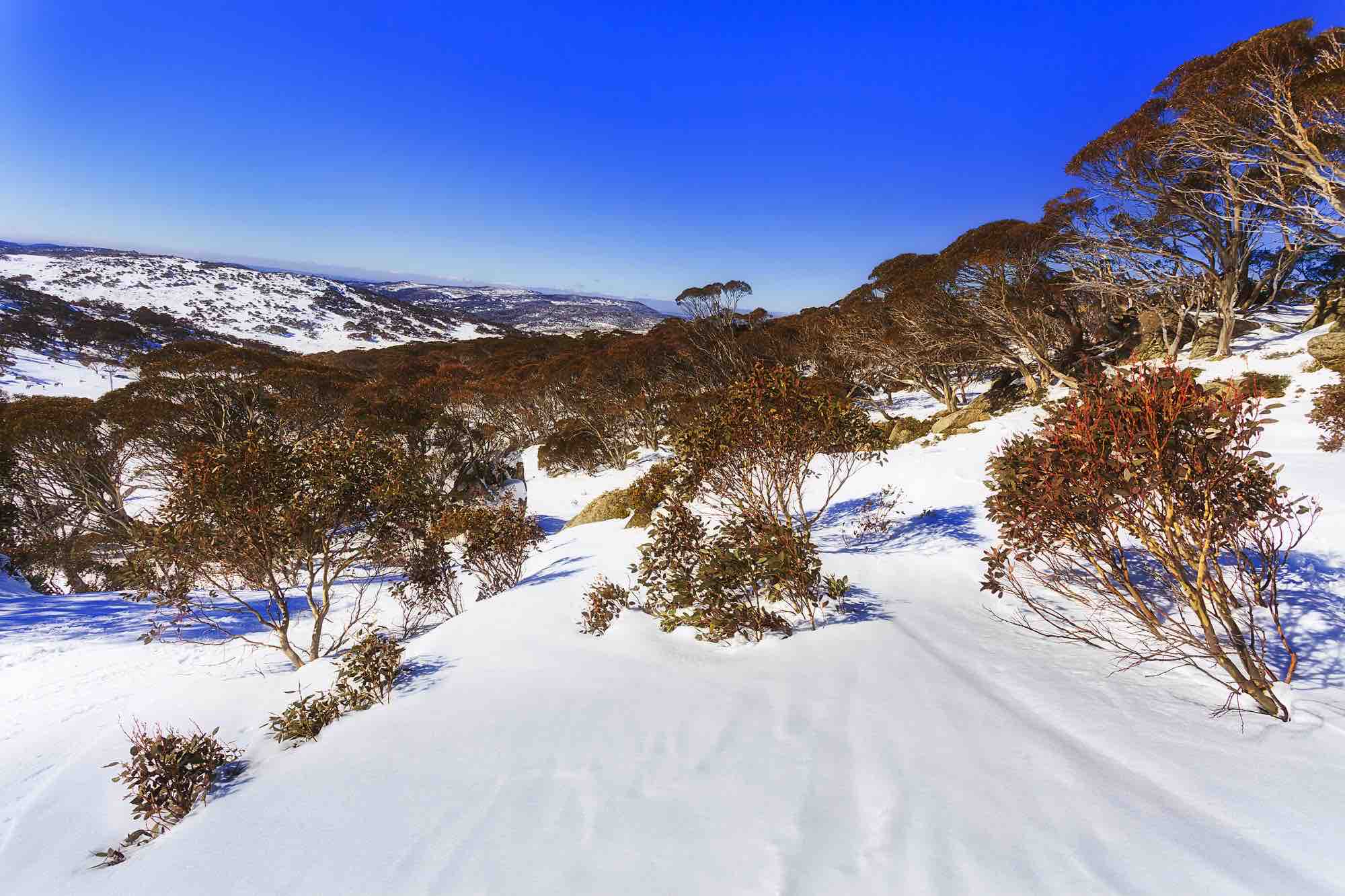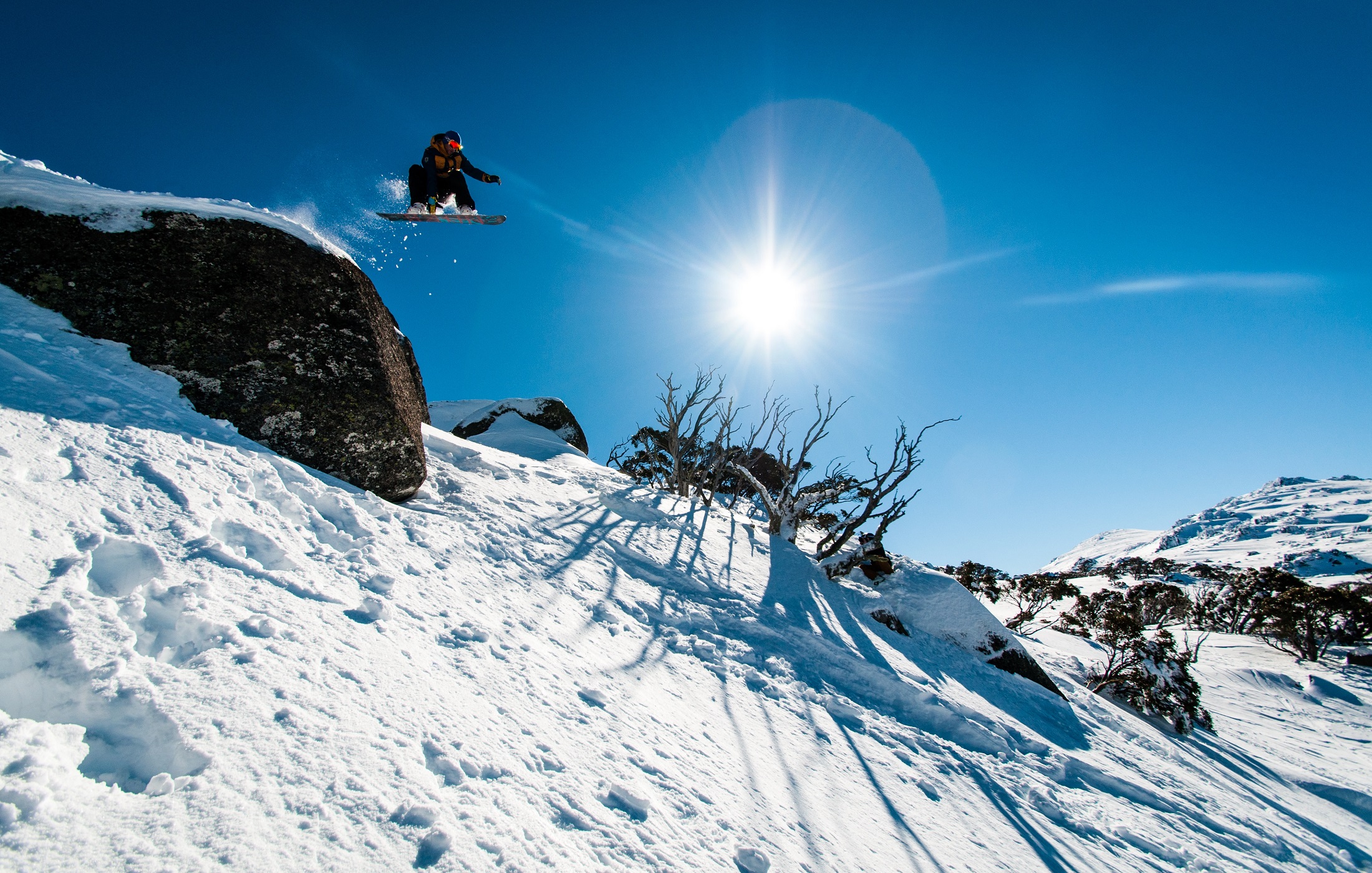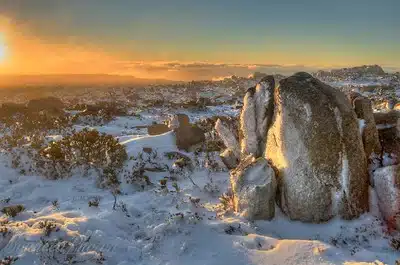Explore About the Best-Known and Snow-Covered Destinations In Australia
Explore About the Best-Known and Snow-Covered Destinations In Australia
Blog Article
Discover the Remarkable Results of Snow in Australia on Regional Environments
Despite its online reputation for sun-soaked landscapes, Australia additionally flaunts regions blanketed by snow-- a phenomenon that greatly influences the nation's one-of-a-kind ecological communities. The shielding buildings of snowflakes safeguard flora and fauna among the chilliest winters months, while the melting snow nurtures rivers and water life.
The Unexpected Areas of Snowfall in Australia
Although Australia is frequently associated with sandy coastlines and sun-scorched landscapes, specific areas remarkably experience snowfall. The high nation areas of New South Wales, Victoria, and Tasmania are specifically known for their winter months snow. The Snowy Hills in NSW, for circumstances, get plentiful seasonal snow, providing a raw comparison to the nation's typical hot, dry climate. The Victorian Alps and parts of Tasmania also see annual snowfalls, transforming the landscape right into a winter season wonderland. These locations are not just abnormalities yet indispensable components of Australia's diverse climate system. The visibility of snow in these areas significantly affects neighborhood ecological communities, subsequently influencing the nation's special biodiversity. The certain impact on Australia's distinct vegetation will be talked about in the next section.

Just How Snow Impacts Australia's Special Plants
While it may appear uncommon, snowfall in Australia plays a crucial function in shaping the nation's distinct vegetation. The snow-filled winter seasons foster durability in Australian plant types. This is specifically apparent in the alpine and sub-alpine regions, where snow gum tissues and mountain plum-pines prosper. These plants have evolved to endure in extreme problems, with snow working as a protective covering from freezing temperatures and extreme winds. The snow additionally contributes to the dampness content of the dirt, giving needed hydration for plant life throughout the completely dry summertime months. Fundamentally, the snow influences the timing of flowering and seed dispersal, the development rates, and the survival of lots of plant types, showcasing the intricate interplay between environment and vegetation in Australia.

The Adjustments of Australian Animal to Snowfall
Equally as Australia's plants has adjusted to the wintery problems, the regional fauna too, show amazing adjustments to the snowfall. Species like the Mountain Pygmy-possum, the only Australian marsupial understood to hibernate, have progressed techniques to make it through in snowy settings. It utilizes the snow as insulation, hibernating in rock holes beneath the snow to stay cozy. The Snow Skink, a varieties of lizard, changes its colour to white throughout winter season, providing camouflage versus killers. Birds such as the Snowy Hills' Crimson Rosella additionally adjust their diets to consume readily available food sources throughout chillier durations. Therefore, in spite of the Read Full Article severe problems, Australian animals demonstrates a resistant and adaptive nature, ensuring their survival in areas experiencing snowfall.
The Duty of Snow fit Regional Ecosystems
Fit the local ecological communities, the role of snow in Australia is both multilayered and profound. It influences the circulation of vegetation and animals, mostly specifying the biodiversity of sub-alpine and towering regions. Snow supplies a vital water resource, feeding rivers and tanks as it melts, therefore sustaining a selection of aquatic life types. Additionally, snow functions as an insulator, protecting ground-dwelling organisms from extreme cold. In a similar way, it plays a considerable function in soil development and nutrient cycling. The regular cold and thawing of dirt generated by snowfall fosters the breakdown of rocks, enhancing dirt fertility. The presence of snow shapes the vegetation patterns, animal habits, and total sustainability of Australia's special ecosystems.

The Future of Snowfall in Australia: Predictions and Ramifications

Offered the vital function snow plays in forming local ecosystems, the future of snowfall in Australia is attracting boosting attention from scientists and conservationists. Less snow can result in reduced water schedule in alpine regions, detrimentally influencing wildlife environments and plant life. The tourism market, greatly dependent on the winter months snow period, may likewise encounter significant difficulties.
Final Thought
The duty of snow in Australia's ecological communities is critical yet frequently forgotten. It works as a protector, a nurturer, and a shaper of diverse towering types, contributing to the richness of Australia's high country. As climatic patterns remain to change, comprehending the effects and prospective transformations of these snow-influenced ecological communities is important. Hence, the snow in Australia is greater than a natural spectacle; it's a vital gamer in the country's environmental narrative.
Regardless of its credibility for sun-soaked landscapes, Australia likewise flaunts regions buried by snow-- a phenomenon that greatly check my blog affects the nation's unique ecosystems. It utilizes the snow as insulation, hibernating in rock gaps underneath the snow to stay cozy - Does Australia Get Snow.In forming the neighborhood ecological communities, the role of snow in Australia is both multilayered and extensive. The existence of snow shapes the vegetation patterns, animal habits, and total sustainability of Australia's distinct ecological websites communities
Provided the important function snow plays in forming regional communities, the future of snowfall in Australia is attracting increasing attention from ecologists and scientists.
Report this page